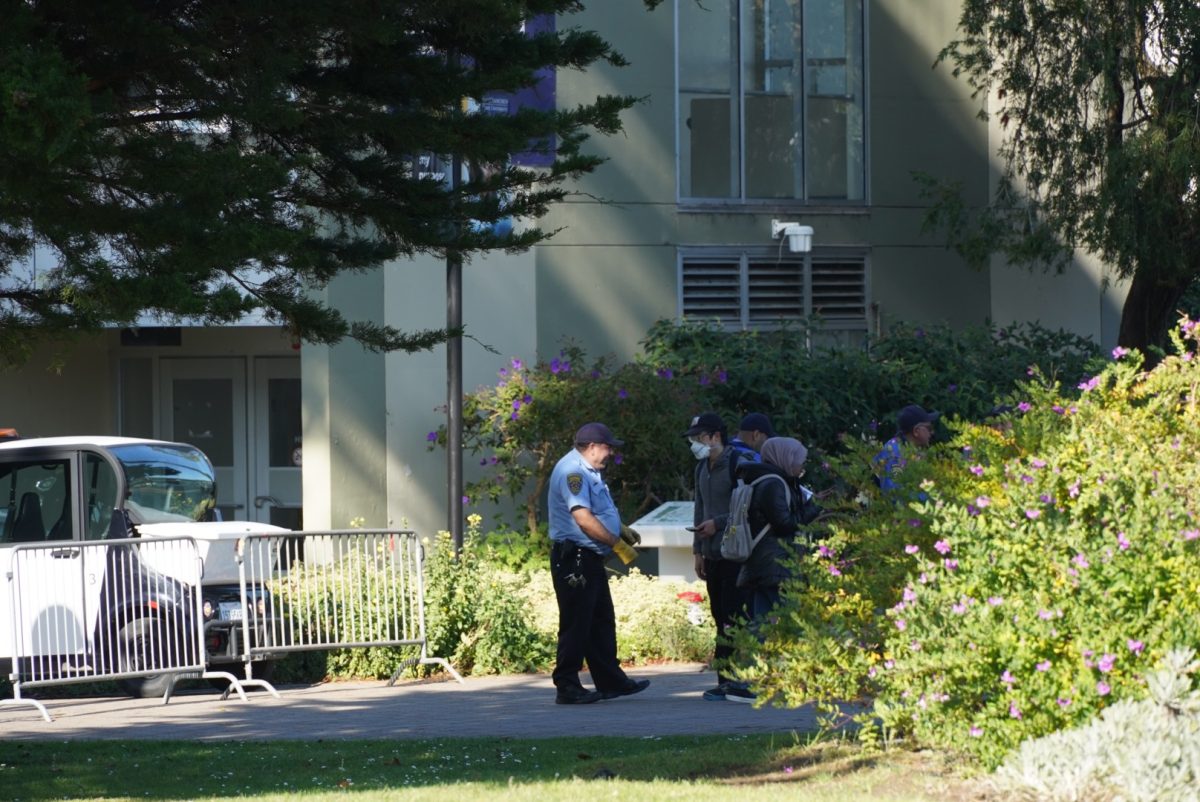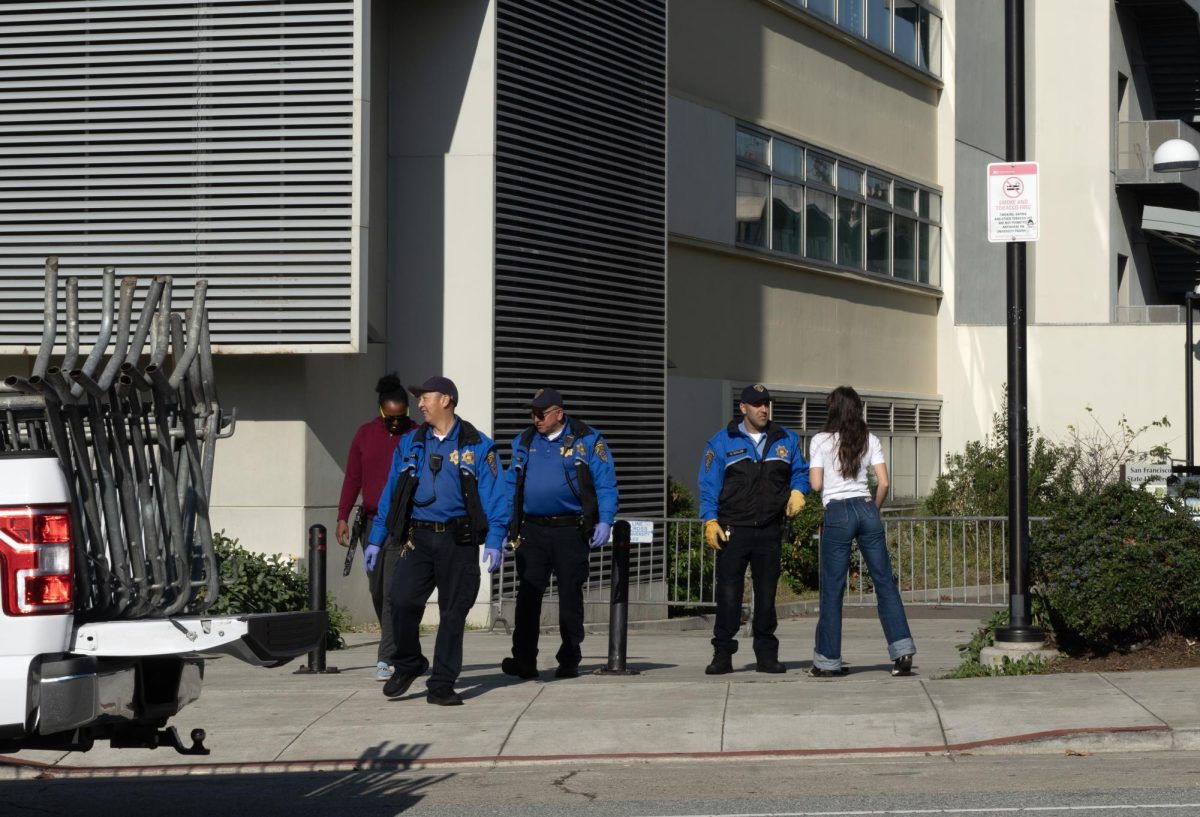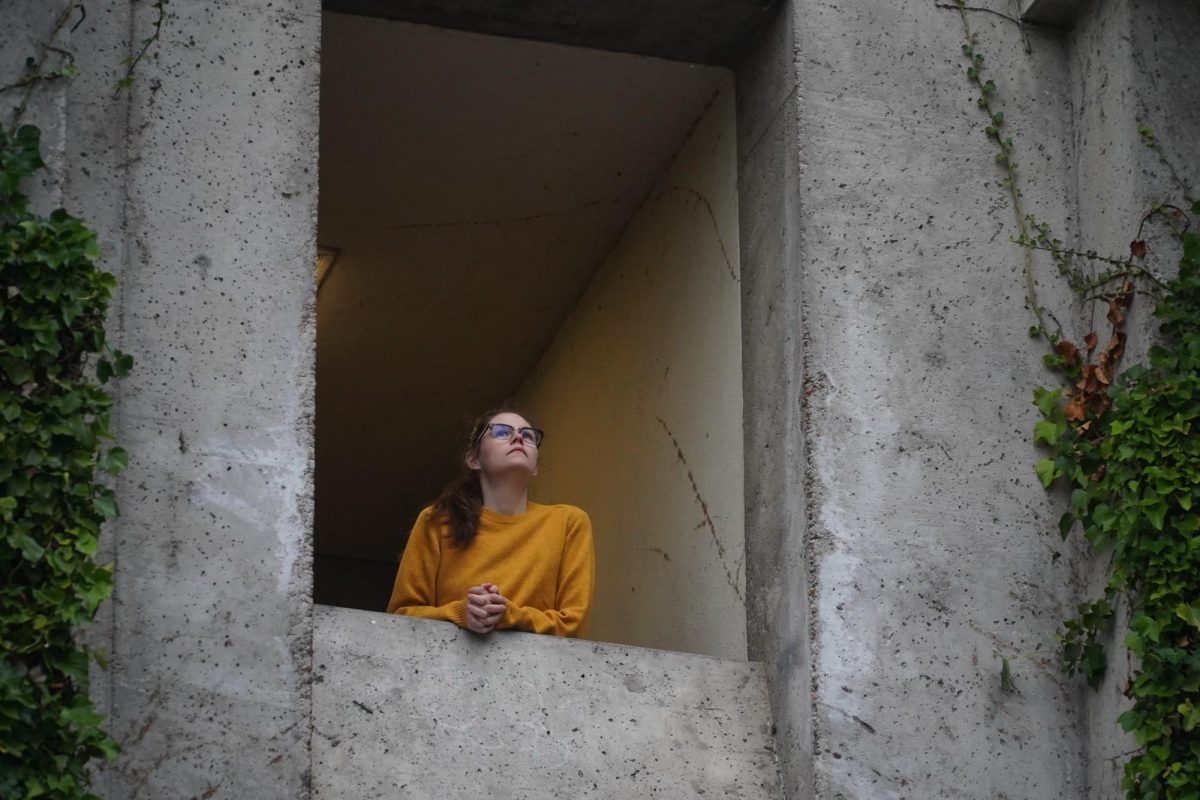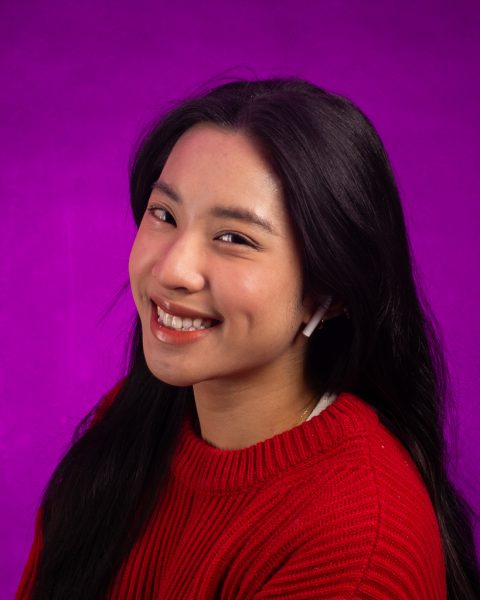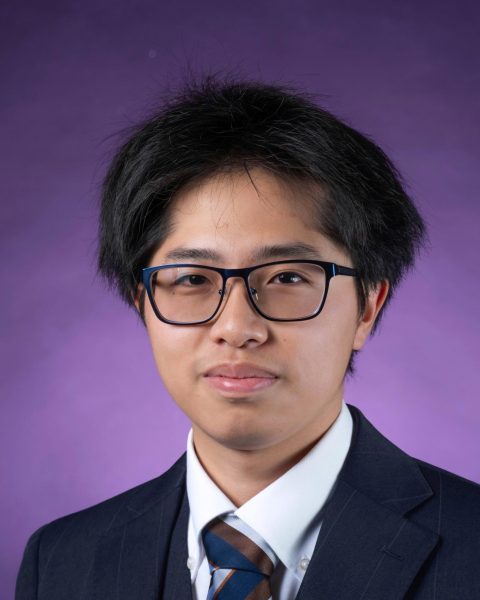San Francisco State University’s on-campus community is widespread.
The university divides its housing into three neighborhoods: Central, which contains Mary Park and Ward Halls, Towers and Towers Junior Suites, and Village at Centennial Square. North, which houses University Park North and South with Manzanita Square and University Park South.
What may be lesser known is the breakdown among the students who dorm on campus. What do student demographics look like? Who lives where? What are the differences in perceived cultures between the different buildings?
“First-year students, we have traditionally [had] around 2,200 students all living in the Central community,” said Residential Life Director David Rourke. According to Rourke, dorms in the Central community have traditionally housed only first-year students, while continuing students and upperclassmen are sorted into the North and South complexes.
As of late, not all first-year students are automatically sorted into dorms in the Central community.
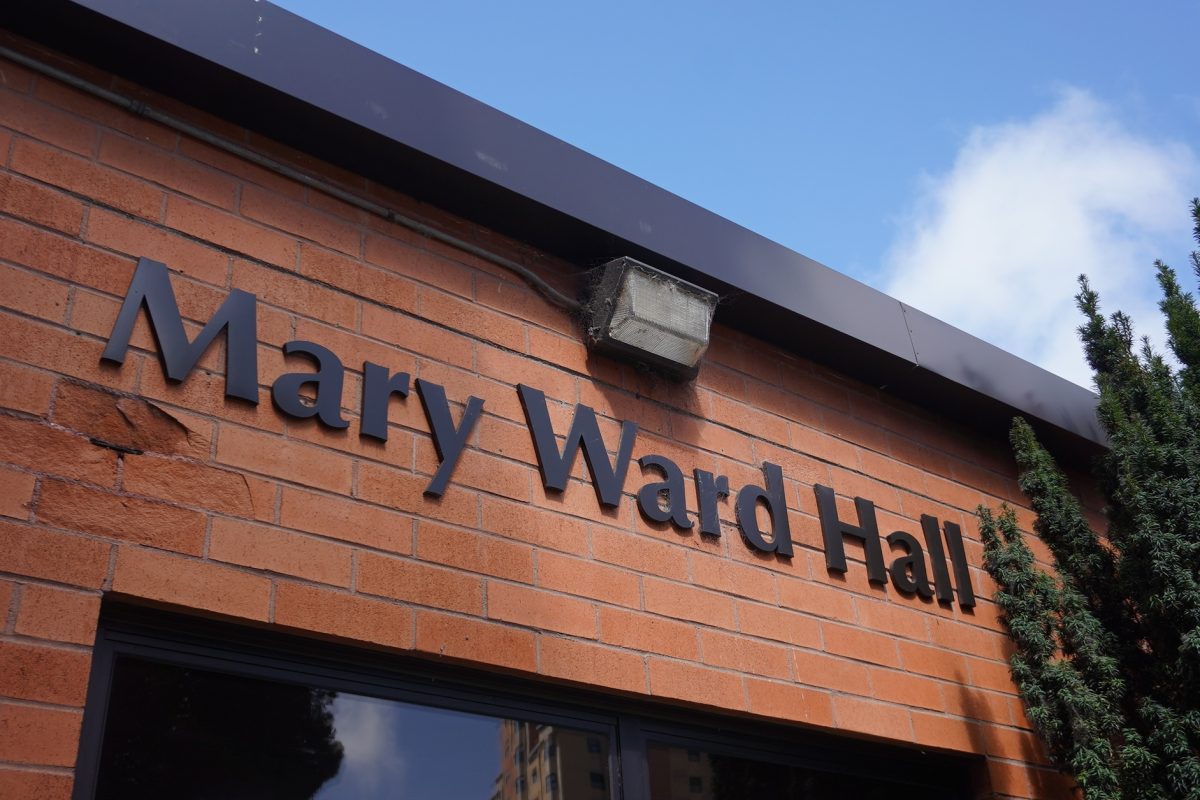
(Neal Wong)
Jason Barazza is a freshman living in Manzanita Square, the most recently constructed dorm building. The building is an apartment-style housing complex that predominantly houses older students. Barazza said that although he noticed a difference in age between him and his floormates, that hasn’t stopped him from building a community for himself.
“The vibe of Manzanita is very relaxed. Everyone is also decently respectful of each other,” he said. “Whenever they [roommates] want to do something they always ask me first whenever they bring friends around. They introduce me and stuff like that.”
Barazza said that he has noticed a difference in culture and maturity compared to students who live in traditional dormitory buildings.
“Probably the only thing that is not great is that since many of the students in Mary [Ward and Park] are younger, they can act very high schoolish.”
Nav Mansur, a fellow freshman living in Mary Park Hall, disagreed.
“I feel like we have more fun. Everyone knows each other more because everyone’s closer. I feel like everyone’s more connected,” Mansur said.
SFSU has experienced both longstanding and newer housing trends, according to Rourke.
“The first trend is that we always tend to lean Southern California, which probably may not be surprising to those of us that have been familiar with housing for a while,” Rourke said, referencing some students’ tendency to move from Southern to Northern California when choosing universities.
Rourke also said that the SFSU community is majority female –– two-thirds of students identify as female and one-third identify as male.
“That’s also not surprising if you look at the demographics of the school, so we tend to trend that way anyway in [the] general student population,” Rourke said.
The third trend is a newer, COVID-19 related change in housing demographics.
“For the first time ever, we opened up the Village at Centennial Square to continuing students, so that has gotten our budding transfer junior community,” Rourke said.
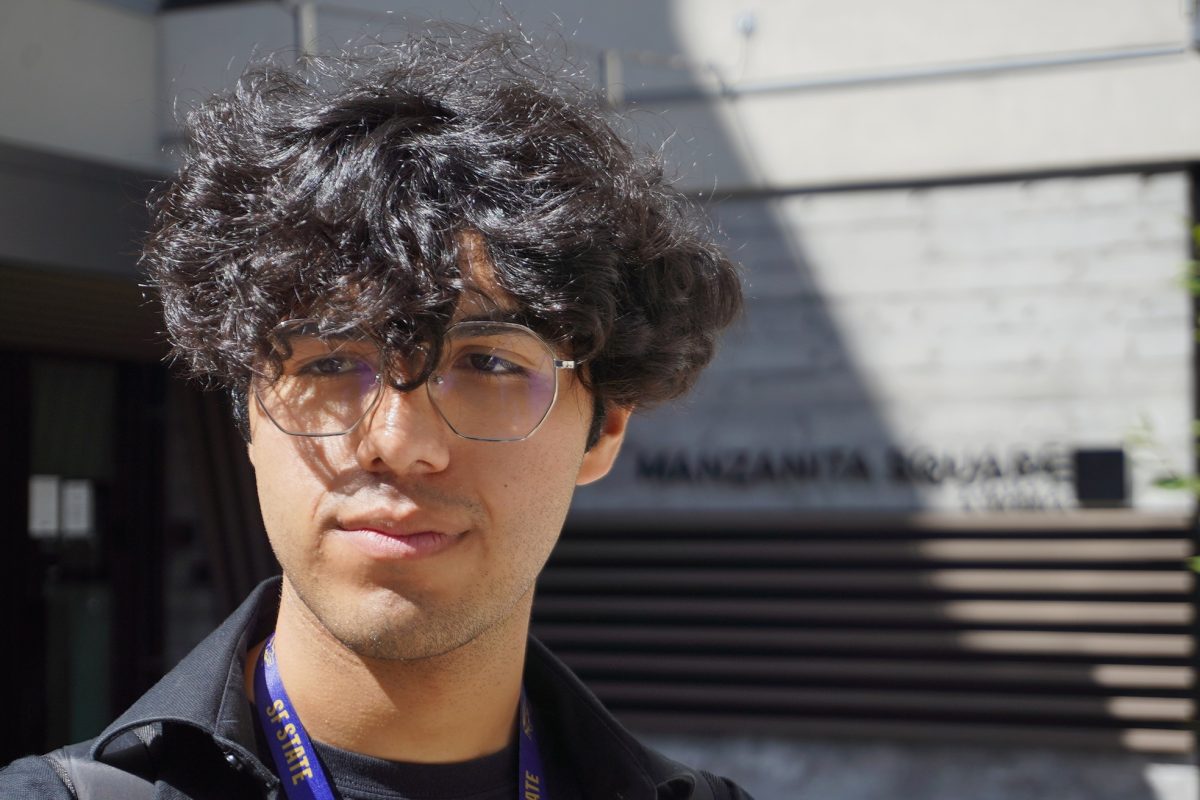
(Neal Wong)
According to Rourke, housing junior transfer students at the Village is a trend that will continue into the next academic year.
Rourke attributed the development of the new on-campus junior demographic group to the ongoing decrease in enrollment that continues to affect campuses nationwide.
“We used to be around 30 [thousand]. We’re probably going to be hovering somewhere around the 25 thousand mark,” Rourke said.
Although lower enrollment allows for a new housing demographic to emerge, the impact of decreased admissions is not lost on Rourke.
“I don’t believe that they hit all students equally,” Rourke said about SFSU’s lower enrollment numbers. “Just from an equity and inclusion lens, our most vulnerable students are probably the ones that are taking those hits.”
Although lower enrollment rates will continue to affect the demographics of the future on-campus community, Mansur remains content with the community he has established.
“To be honest, I thought I was not gonna like it as much as I did,” Mansur said. “I thought it was going to take a lot to meet new people, but once you meet one person, they introduce you to the rest and it just goes on like that.”





